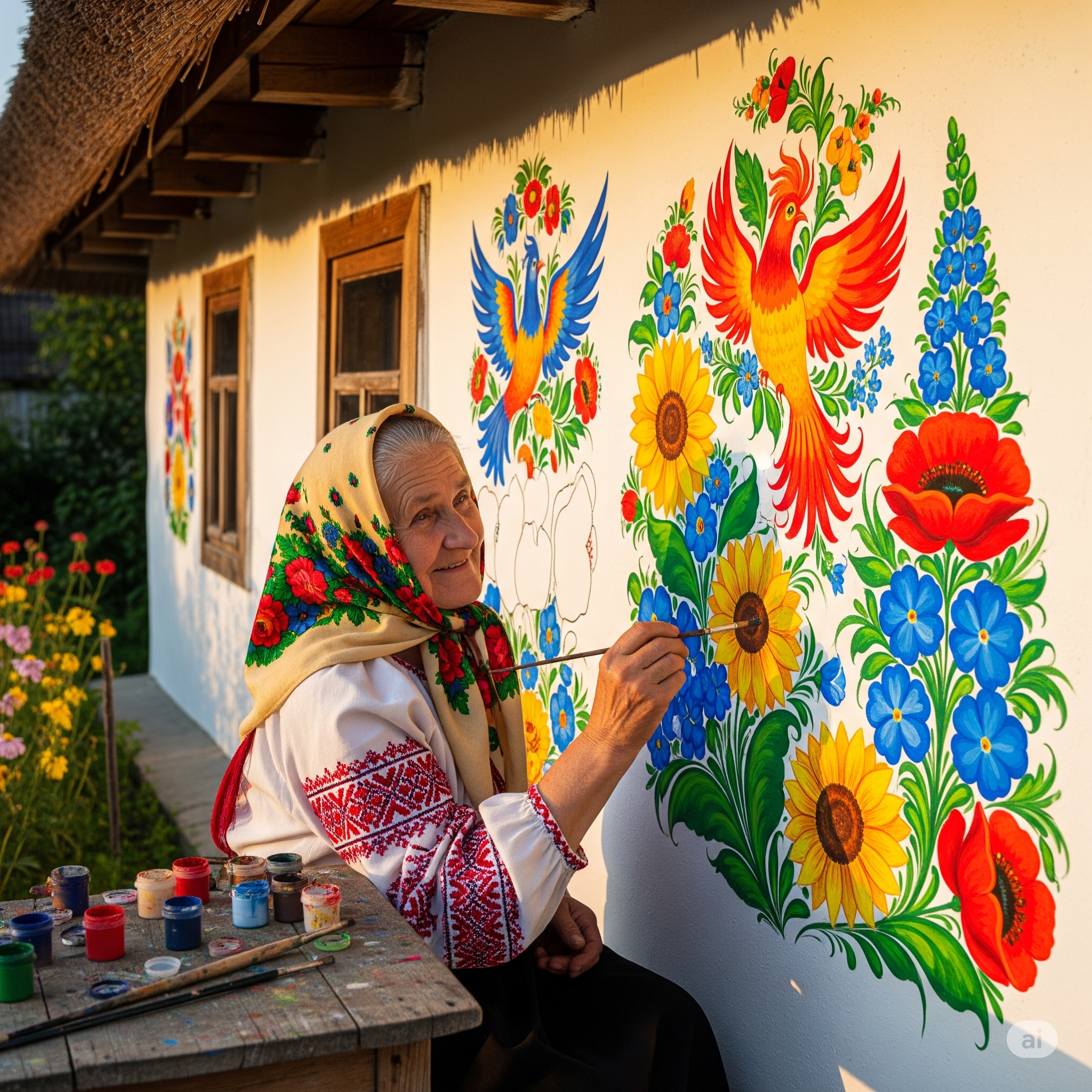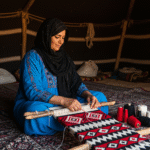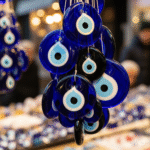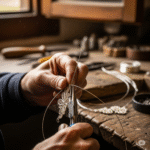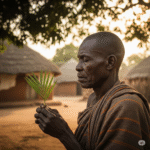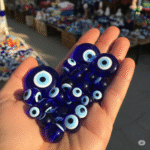In a quiet village in Ukraine’s Chernivtsi region, art isn’t found in galleries — it blooms on the walls of a small cottage, where Kateryna Bilokur, an 80-year-old grandmother, has turned her home into a living artwork. Every window frame, every door, every inch of plaster is covered in vibrant floral patterns that spill across the surfaces like wildflowers in spring.
A Life Rooted in Folk Art
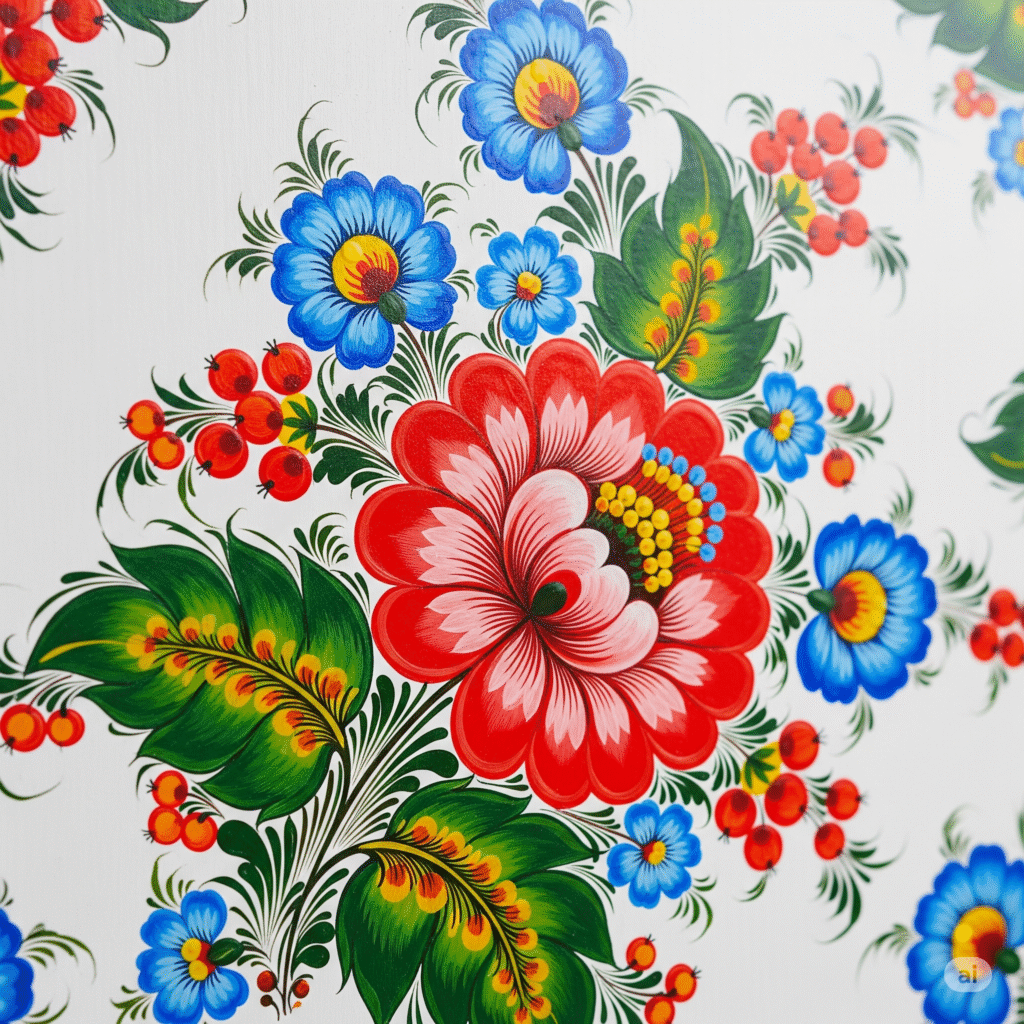
Kateryna has lived in her village home for more than 60 years. Like many Ukrainian grandmothers, she tends her garden, cooks traditional dishes, and knits in the evenings. But what sets her apart is her passion for Petrykivka painting — a style of Ukrainian folk art known for its bright colors, fine brushwork, and intricate floral motifs.
“I started painting after my husband passed,” Kateryna says. “The walls felt too quiet. So I gave them flowers.”
What is Petrykivka Painting?
Petrykivka is a decorative painting style that originated in the Dnipro region of Ukraine. Traditionally used to adorn walls, stoves, and household items, it features detailed patterns of flowers, leaves, birds, and vines painted freehand using brushes made from cat hair or natural fibers.
This technique is more than decoration — it’s believed to bring joy, harmony, and protection to the home. In 2013, Petrykivka painting was inscribed on UNESCO’s list of Intangible Cultural Heritage, affirming its place in Ukraine’s cultural legacy.
Kateryna’s House: A Folk Art Masterpiece
Over the years, Kateryna has painted every corner of her home — not just inside, but outside too. The front walls burst with red poppies, blue cornflowers, and golden wheat. Around the windows, she’s painted swirls of vines and birds in flight. Even the fence posts wear floral crowns.
Her tools are simple: a few brushes, homemade paints from crushed pigments, and inspiration drawn from the nature around her. “When I see a wildflower bloom, I paint it before it fades,” she says.
A Village Attraction
What began as a personal act of healing has become a source of pride for the entire village. Tourists, students, and art lovers visit Kateryna’s house to take photos and learn about Ukrainian folk traditions. Local schoolchildren often stop by to watch her work or hear stories about the old ways.
“She’s keeping a tradition alive that many forgot,” says Olena, a local teacher. “And she does it with joy in every brushstroke.”
Art as Resistance and Hope
In recent years, as Ukraine has faced conflict and uncertainty, Kateryna’s house has taken on deeper meaning. Her flowers are no longer just decoration — they are a quiet act of resilience, a way of preserving culture in the face of loss.
“I can’t change the world,” she says, “but I can make beauty where I live.”
Inspiration Across Generations
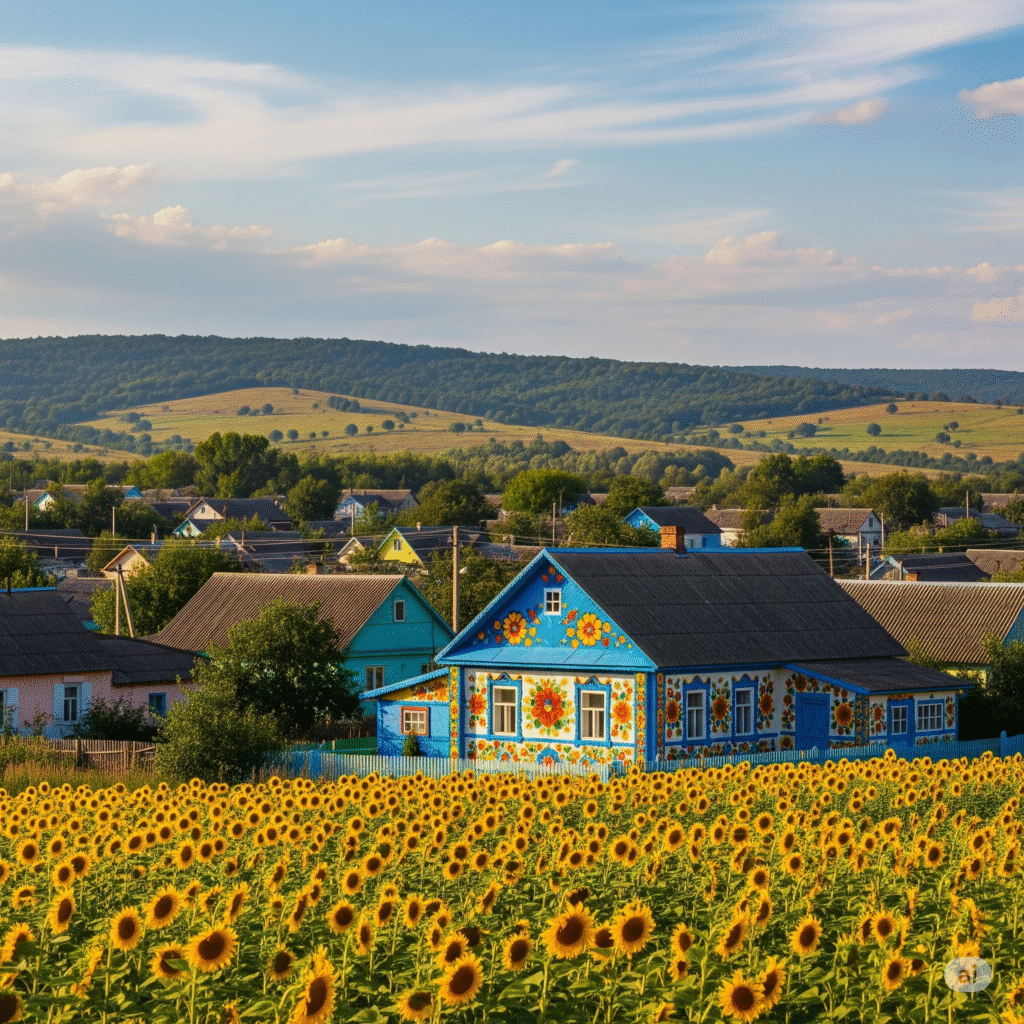
Kateryna now teaches Petrykivka techniques to her grandchildren and other young villagers. She believes that even as the world modernizes, the soul of folk art can survive — not just in museums, but on the walls of everyday homes.
“You don’t need to be an artist to paint,” she tells them. “You just need to love color, and listen to the earth.”
A Living Canvas
As the seasons change outside her window, Kateryna continues to paint — a new bird, a new blossom, a new prayer in pigment. Her home is not just a place to live, but a testament to the idea that art can grow from grief, bloom from memory, and cover even the grayest walls with light.
In every brushstroke, she reminds us: beauty doesn’t fade with age — it deepens.
